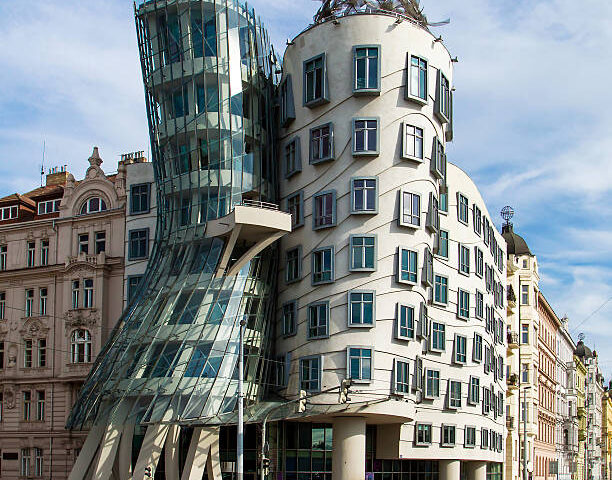
Architecture and Fashion: A Timeless Dance of Influence & Inspiration
The worlds of architecture and fashion have long captivated our senses with their ability to shape our environments and expressions. While seemingly distinct, these two…

The worlds of architecture and fashion have long captivated our senses with their ability to shape our environments and expressions. While seemingly distinct, these two…

Customization Beyond Imagination:
In the future, visiting a clothing store could resemble a visit to an art gallery, where the garments are not just commodities, but intricate pieces of wearable art. 3D printing allows for a level of personalization that was once considered a fantasy. Designers will have the tools to create garments that perfectly fit an individual’s body shape, catering to various body types and sizes. Customers will be able to choose not only the design and color but also the fabric type and texture. Whether you prefer a classic silhouette or an avant-garde creation, 3D printing can bring your vision to life.
Sustainable Style:
Sustainability is no longer a mere trend in the fashion industry; it’s a necessity. 3D printing has the potential to greatly reduce the carbon footprint associated with traditional manufacturing. Traditional fashion production often involves significant waste, from fabric scraps to unsold inventory. With 3D printing, each garment is crafted layer by layer, minimizing material waste. Moreover, some 3D printing technologies enable the use of recycled or biodegradable materials, contributing to a more circular and eco-friendly fashion ecosystem.
Complex Geometries and Unconventional Materials:
The intricate designs and unconventional materials made possible by 3D printing open up a new realm of possibilities for fashion designers. Geometrically complex patterns that were once too challenging to achieve with traditional methods can now be seamlessly incorporated into garments. From dresses resembling delicate lacework to shoes with intricate lattice structures, designers can experiment with forms that were previously constrained by the limitations of fabrics. This fusion of technology and fashion could lead to a redefinition of aesthetics, where clothing becomes a three-dimensional canvas for artistic expression.
Rapid Prototyping and Iterative Design:
Fashion is an industry that thrives on innovation and novelty. With 3D printing, designers can rapidly iterate their concepts and experiment with new ideas. The ability to create prototypes quickly allows for more experimentation and risk-taking, ultimately fostering a culture of innovation within the fashion world. This could lead to shorter fashion cycles, where designers can respond swiftly to emerging trends or consumer preferences, providing a more dynamic and engaging experience for fashion enthusiasts.
Democratizing Design and Local Production:
3D printing technology has the potential to democratize fashion by giving rise to independent designers and local manufacturing hubs. As the barriers to entry lower, aspiring designers can take their ideas from concept to creation more easily. Moreover, the decentralization of production could lead to the resurgence of local craftsmanship and artisanal skills. Communities could cultivate their unique fashion identities, embracing cultural heritage and celebrating regional creativity. This shift could also promote ethical labor practices and reduce the environmental impact associated with long-distance supply chains.
Conclusion:
The future of fashion with 3D printing is a captivating blend of innovation, sustainability, and self-expression. As this technology evolves and becomes more accessible, we can anticipate a fashion landscape that caters to individual tastes, values environmental consciousness, and showcases unprecedented designs. From personalized couture pieces to locally produced collections, 3D printing is poised to reshape the very essence of fashion, bridging the gap between imagination and reality, and inviting us to embrace a new era of style and creativity.

In a world where fashion meets artistry, the realm of handbag design stands as a testament to both functionality and creative expression. At Poppy America,…

Crafting Elegance: A Glimpse into the Artistry of Curating a Collection at Poppy America Behind every masterpiece lies a journey of inspiration, dedication, and meticulous…